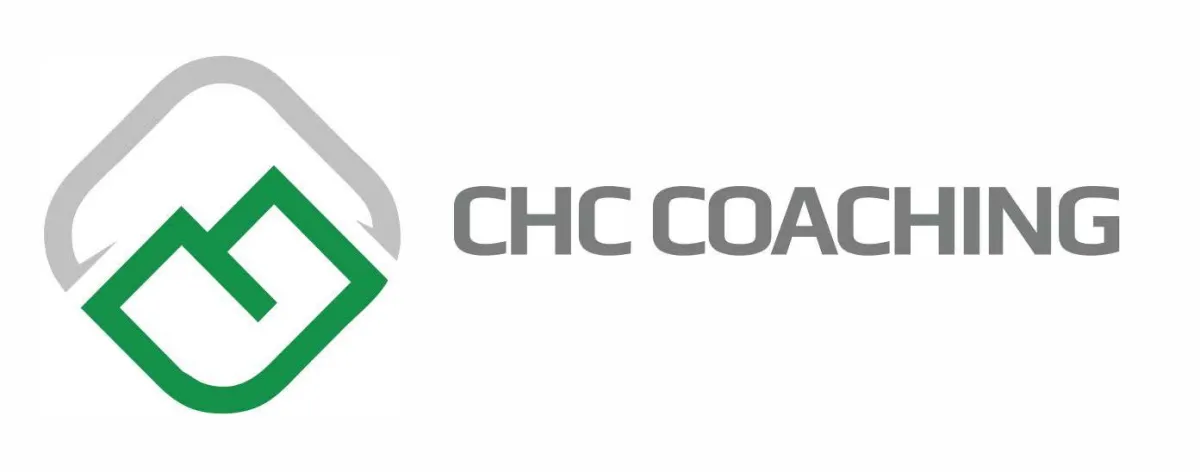
Blog

The Basics of Hiring an Effective Workforce: A Comprehensive Guide
Hiring the right workforce is a critical factor in the success of any business. An effective team can drive productivity, creativity, and innovation, ultimately leading to the growth and success of the organization. However, finding and hiring the right individuals can be a complex and challenging process. In this blog post, we will delve into the basics of hiring an effective workforce to help businesses build a strong and capable team.
1. Define Clear Job Roles and Requirements
Before diving into the hiring process, it's crucial to clearly define the job roles and responsibilities associated with the positions you want to fill. Understand the specific skills, qualifications, experience, and attributes needed for success in each role. A well-defined job description will guide your hiring process and help candidates understand what is expected of them.
2. Create a Strategic Hiring Plan
Develop a comprehensive hiring plan that outlines the recruitment process, including timelines, sourcing strategies, interview processes, and evaluation criteria. This plan should align with your organizational goals and budget. Consider how you'll attract candidates (e.g., job postings, referrals, recruitment agencies) and how you'll assess their suitability for the position.
3. Employ a Multifaceted Recruitment Strategy
Utilize a diverse range of channels to attract candidates. This may include online job portals, social media platforms, company websites, industry events, referrals, and recruitment agencies. A diverse approach ensures a broader pool of candidates with varying skill sets and backgrounds.
4. Screen Resumes and Applications Thoroughly
Review all resumes and applications carefully, looking for alignment with the job requirements. Consider a candidate's education, experience, skills, and accomplishments. Shortlist candidates whose qualifications match the job criteria for further evaluation.
5. Conduct Effective Interviews
Interviews are a critical step in the hiring process. Prepare a structured interview format with a mix of behavioral, situational, and technical questions to assess a candidate's skills, problem-solving abilities, and cultural fit. Involve multiple interviewers to gain diverse perspectives and insights.
6. Evaluate Cultural Fit and Values Alignment
Ensure that candidates align with your organization's culture, values, and mission. Assess how well they'll integrate into your team and uphold your company's principles. A strong cultural fit leads to higher job satisfaction and better performance. Remember Southwest Airlines mantra - hire for attitude, train for aptitude.
7. Check References and Perform Background Checks
Contact the provided references to verify the candidate's work history, achievements, and qualifications. Conduct background checks to confirm the accuracy of the information provided and ensure the candidate's suitability for the role.
8. Offer Competitive Compensation and Benefits
Develop an attractive compensation package that aligns with industry standards and the candidate's experience and skills. Include benefits such as health insurance, retirement plans, flexible work arrangements, and opportunities for career growth to entice potential employees as soon as feasible. Remember job seekers aren't generally motivated solely by money as long as the compensation is within reason.
9. Onboard Effectively
An effective onboarding process is crucial for integrating new hires into your organization. Provide a structured orientation program that introduces them to the company culture, policies, procedures, and their job roles. Offer opportunities for training and development to help them succeed in their roles.
10. Seek Continuous Feedback and Adapt
After hiring, gather feedback from hiring managers, new employees, and other stakeholders involved in the hiring process. Two significant reasons why new employees fail is because expectations were unclearly defined from the start and they weren't given timely feedback on their performance. Analyze this feedback to identify areas for improvement and refine your hiring strategies for future recruitment efforts.
In conclusion, hiring an effective workforce is a strategic and multifaceted process that involves defining clear job roles, developing a comprehensive hiring plan, employing diverse recruitment strategies, conducting thorough interviews, and ensuring a strong cultural fit. By following these basics and continuously improving your hiring processes, you'll build a capable and motivated team that contributes to your organization's success.
To learn more about the services we offer, please click here. To get in touch with me, please click here or give me a call at (617) 281-3215.

The Basics of Hiring an Effective Workforce: A Comprehensive Guide
Hiring the right workforce is a critical factor in the success of any business. An effective team can drive productivity, creativity, and innovation, ultimately leading to the growth and success of the organization. However, finding and hiring the right individuals can be a complex and challenging process. In this blog post, we will delve into the basics of hiring an effective workforce to help businesses build a strong and capable team.
1. Define Clear Job Roles and Requirements
Before diving into the hiring process, it's crucial to clearly define the job roles and responsibilities associated with the positions you want to fill. Understand the specific skills, qualifications, experience, and attributes needed for success in each role. A well-defined job description will guide your hiring process and help candidates understand what is expected of them.
2. Create a Strategic Hiring Plan
Develop a comprehensive hiring plan that outlines the recruitment process, including timelines, sourcing strategies, interview processes, and evaluation criteria. This plan should align with your organizational goals and budget. Consider how you'll attract candidates (e.g., job postings, referrals, recruitment agencies) and how you'll assess their suitability for the position.
3. Employ a Multifaceted Recruitment Strategy
Utilize a diverse range of channels to attract candidates. This may include online job portals, social media platforms, company websites, industry events, referrals, and recruitment agencies. A diverse approach ensures a broader pool of candidates with varying skill sets and backgrounds.
4. Screen Resumes and Applications Thoroughly
Review all resumes and applications carefully, looking for alignment with the job requirements. Consider a candidate's education, experience, skills, and accomplishments. Shortlist candidates whose qualifications match the job criteria for further evaluation.
5. Conduct Effective Interviews
Interviews are a critical step in the hiring process. Prepare a structured interview format with a mix of behavioral, situational, and technical questions to assess a candidate's skills, problem-solving abilities, and cultural fit. Involve multiple interviewers to gain diverse perspectives and insights.
6. Evaluate Cultural Fit and Values Alignment
Ensure that candidates align with your organization's culture, values, and mission. Assess how well they'll integrate into your team and uphold your company's principles. A strong cultural fit leads to higher job satisfaction and better performance. Remember Southwest Airlines mantra - hire for attitude, train for aptitude.
7. Check References and Perform Background Checks
Contact the provided references to verify the candidate's work history, achievements, and qualifications. Conduct background checks to confirm the accuracy of the information provided and ensure the candidate's suitability for the role.
8. Offer Competitive Compensation and Benefits
Develop an attractive compensation package that aligns with industry standards and the candidate's experience and skills. Include benefits such as health insurance, retirement plans, flexible work arrangements, and opportunities for career growth to entice potential employees as soon as feasible. Remember job seekers aren't generally motivated solely by money as long as the compensation is within reason.
9. Onboard Effectively
An effective onboarding process is crucial for integrating new hires into your organization. Provide a structured orientation program that introduces them to the company culture, policies, procedures, and their job roles. Offer opportunities for training and development to help them succeed in their roles.
10. Seek Continuous Feedback and Adapt
After hiring, gather feedback from hiring managers, new employees, and other stakeholders involved in the hiring process. Two significant reasons why new employees fail is because expectations were unclearly defined from the start and they weren't given timely feedback on their performance. Analyze this feedback to identify areas for improvement and refine your hiring strategies for future recruitment efforts.
In conclusion, hiring an effective workforce is a strategic and multifaceted process that involves defining clear job roles, developing a comprehensive hiring plan, employing diverse recruitment strategies, conducting thorough interviews, and ensuring a strong cultural fit. By following these basics and continuously improving your hiring processes, you'll build a capable and motivated team that contributes to your organization's success.
To learn more about the services we offer, please click here. To get in touch with me, please click here or give me a call at (617) 281-3215.
